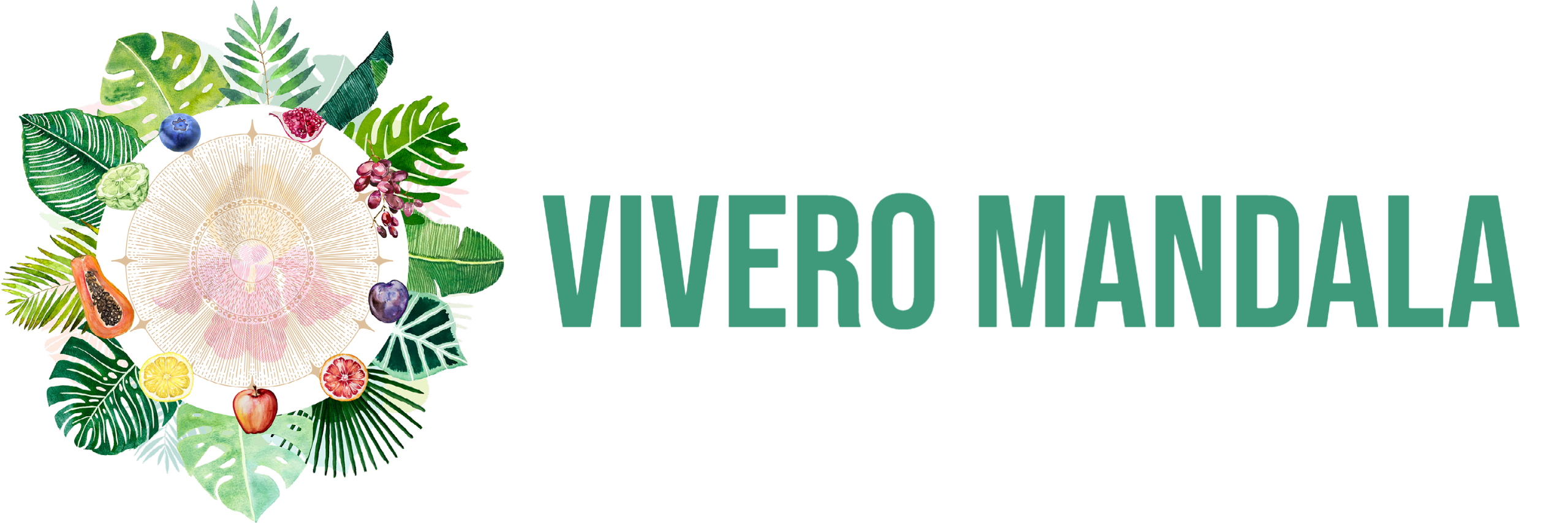Description
Origin
The peanut butter fruit, also known as Bunchosia glandulifera, originates from the tropical and subtropical regions of Central and South America, particularly from countries like Venezuela, Colombia, and Brazil. It belongs to the Malpighiaceae family and primarily grows in humid, forested areas. The plant has been known and cherished in its native land for centuries, both for its exceptionally sweet fruits and its cultural significance. In some regions, it is traditionally used as food and in folk medicine. Over the years, the peanut butter fruit has also been introduced and cultivated in other tropical regions worldwide, especially in Asia and Africa, where it has adapted well to local climatic conditions.
Growth, Appearance, and Characteristics
It grows as an evergreen shrub or small tree that can reach a height of about 3 to 7 meters. It is characterized by its dense, branched crown and attractive, glossy foliage. The leaves are elongated, oval, and have a leathery texture with a deep green color. The plant produces striking yellow flowers arranged in clusters, which emit a pleasant fragrance. These flowers attract a variety of pollinators, including bees and butterflies. After the flowering period, the characteristic red to orange fruits develop, which are about the size of a cherry. The fruit’s skin is thin, and the flesh underneath is soft and creamy, which has given it the name “peanut butter fruit.”
Cultivation and Care
The peanut butter tree is relatively easy to care for and can thrive in a variety of soils as long as the soil is well-drained. It prefers warm, sunny locations and can grow in both full sun and partial shade. The plant is quite drought-tolerant but requires regular watering during dry periods to ensure optimal fruit production. Once established, the peanut butter fruit is resistant to many diseases and pests, making it an attractive choice for cultivation in tropical and subtropical gardens. It is important to prune the plant regularly to maintain a compact shape and encourage the growth of new shoots. When fertilizing, a balanced fertilizer rich in nitrogen, phosphorus, and potassium should be used to support healthy growth of leaves, flowers, and fruits.
Taste, Uses, and Fruit
The fruit has a unique flavor profile often described as a mix of dried figs and dates, with a creamy, almost buttery consistency that resembles peanut butter. Due to its sweet and rich taste, the fruit is often eaten fresh, picked directly from the tree. In the kitchen, it has a wide variety of uses, such as in smoothies, desserts, jams, and jellies. In some regions, it is also used to make sauces and chutneys that are served as accompaniments to meat dishes. The fruit is rich in vitamins, especially vitamin C and A, as well as minerals such as potassium and magnesium. Additionally, it contains antioxidants that can contribute to overall health promotion.
Harvest Time
Typically, it bears fruit year-round, with the main harvest season often occurring during the warmer months. The fruits are ripe when they have taken on a deep red to orange color and can be easily detached from the stem. It is advisable to harvest the fruits in the early morning hours when temperatures are still cool to preserve the freshness and quality of the harvest. After harvesting, the fruits should be consumed or processed quickly, as they have a limited shelf life. Storing them in the refrigerator can extend their freshness for a few days, but over time they will lose flavor and texture.
Pollination
Pollination is generally carried out by insects, particularly bees, which are attracted to the fragrant flowers. The plant is self-fertile, meaning that a single plant can bear fruit without the need for another plant. However, fruit production can be increased by the presence of multiple plants nearby, as this improves the pollination rate. In some regions where natural pollinators are absent or in short supply, manual pollination may be necessary to ensure a satisfactory harvest. This can be done by carefully transferring pollen from one flower to another with a brush.






